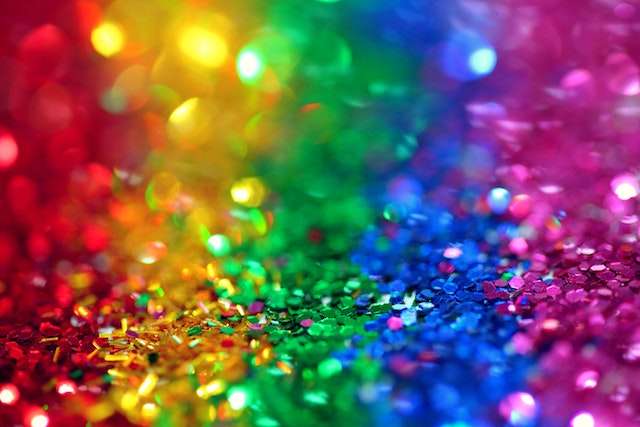Discover the impact of color psychology in web design and how it can influence user experience, engagement, and conversions.
Introduction
Definition of Color Psychology in Web Design:
Color psychology in web design delves into understanding how colors influence human emotions, perceptions, and actions when interacting with websites.
Importance of Color in Web Design and User Experience:
Colors are not just visual elements; they carry emotional weight and can significantly affect a user’s experience. The right choice of colors can enhance user engagement, boost conversions, and even determine the overall success of a website.
The Psychological Impact of Different Colors in Web Design
- Red: Symbolizing passion, urgency, and excitement, red can grab attention and evoke strong emotions. It’s often used for call-to-action buttons or sales promotions.
- Blue: Associated with trust, calmness, and professionalism, blue is a favorite for corporate and tech websites. It promotes a sense of reliability and serenity.
- Yellow: Representing happiness, optimism, and warmth, yellow can be used to highlight important elements without being overpowering.
- Green: Symbolizing nature, growth, and tranquility, green is often used for eco-friendly brands or to convey a sense of calm.
- Orange: A mix of red’s energy and yellow’s friendliness, orange is vibrant and inviting, often used to draw attention.
- Purple: Conveying luxury, creativity, and mystery, purple can give a website a sophisticated and imaginative feel.
- Black: Denoting elegance, power, and modernity, black can provide a sleek and contemporary look when used appropriately.
- White: Representing purity, simplicity, and space, white is essential for creating balance and enhancing readability.
- Grey: Neutral and versatile, grey can be used to create a modern, professional look and highlight other colors.
Leveraging Color Psychology to Enhance User Experience
- Understanding Color Coordination: Coordinating colors can influence user perception and determine how users navigate and interact with a website.
- The Main Colors of the Web: Primary colors like red, blue, and yellow have specific psychological implications that web designers should be aware of.
- Developing a Compelling Color Scheme: A harmonious color scheme can enhance brand identity and ensure a cohesive user experience.
- Exploring Color Harmony Basics: Achieving visual balance requires understanding color relationships and how they interact on a webpage.
- Choosing the Right Colors: Aligning colors with your brand and target audience ensures that your website resonates with its intended users.
- Adjusting Color Value and Saturation: Tweaking these elements can enhance the visual appeal and effectiveness of your website’s design.
Case Studies and Examples of Color Psychology in Web Design
- Analyzing Successful Websites: Websites like Apple, with its use of white and grey, or Netflix, with its bold red, effectively leverage color psychology.
- Real-life Examples: Websites such as Spotify, with its vibrant green, demonstrate how color can influence user behavior and brand perception.
- Key Takeaways: Learning from successful implementations can provide insights into how to effectively use color psychology in your own designs.
Conclusion
Color psychology plays a pivotal role in web design, influencing user perceptions, emotions, and actions. By understanding and leveraging the psychological effects of colors, web designers can create more engaging, effective, and user-friendly websites.
FAQs (Frequently Asked Questions):
- What is color psychology in web design?
Color psychology studies how colors influence human emotions and behaviors, especially in the context of web design. - How does color psychology influence user experience on websites?
Colors can evoke emotions, guide user navigation, and influence decision-making, thus shaping the overall user experience. - Are there cultural differences in the interpretation of colors in web design?
Yes, colors can have different meanings across cultures. For instance, while white signifies purity in Western cultures, it might represent mourning in some Eastern cultures. - How can I choose the right colors to enhance my website’s impact?
Consider your brand identity, target audience, and the emotions you want to evoke. Research and testing can also help determine the most effective color choices.






